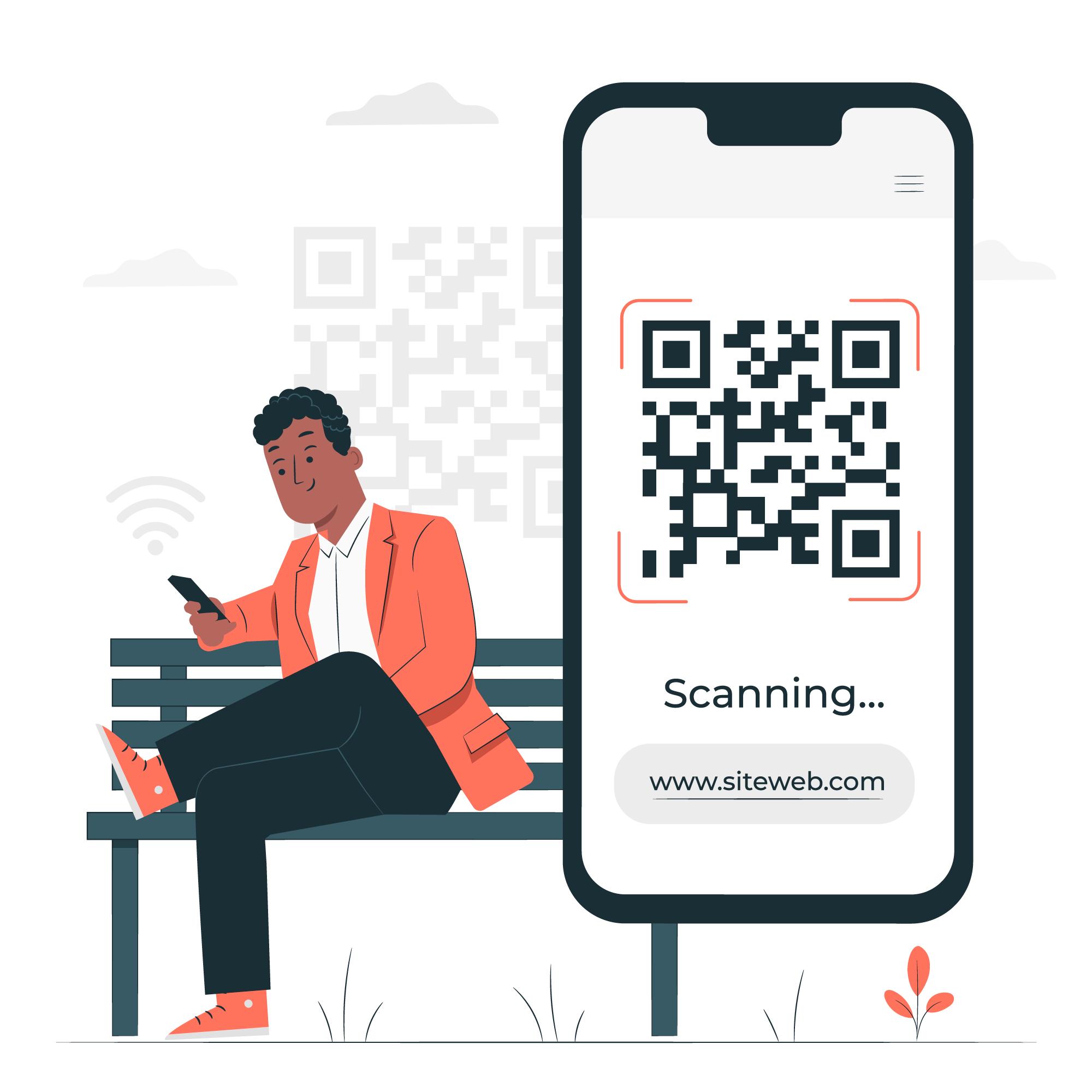UPI services have put India at the forefront of the digital financial revolution and made it a global power. Not only making financial transactions easy, convenient, and accessible to the masses with functionalities such as scan and pay.
But how does it work? What is the future of UPI Payments? How will this impact your business? Let us find out in this definitive guide to UPI payments for businesses.
What is UPI?
UPI is a payment integration that allows instant real-time inter-bank person-to-person or person-to-merchant transactions. It is so revolutionary that India is now exporting it to other G20 countries, with almost 30 countries already adopting UPI as a payment method.
Popularity of online UPI payment has soared with the pandemic, clocking over 74.05 billion transactions in volume and ₹126 trillion in value, with its transactions volume and value almost doubling since 2021, according to a recent report.
This means that a majority of businesses have already adopted UPI and are reaping the benefits from it. Whether you are a new adopter or someone using UPI for their business for years, this guide will help make things more straightforward and help you make the right choices.
Benefits of UPI payments for businesses
Integration with UPI payment gateways
UPI services provide businesses with secured and free payment gateways to integrate into their existing systems or websites. This can be done by partnering with a payment aggregator or using software development kits provided by UPI apps.
- Payment Links
UPI enables brands to request payment from customers directly using their preferred UPI apps. Businesses can generate and share payment links with customers through email, SMS, or other communication channels. Customers can click the link and complete the payment using their preferred UPI app.
- QR Codes
Businesses can boost ease of payment by generating UPI-enabled QR codes and displaying them at payment counters or on their websites. Customers can scan these codes using their UPI app to initiate the payment.
What is the impact of the availability of a Line of Credit on UPI Payments?
India is an emerging economic superpower, and its citizens have been supercharged with easy credit availability from a host of lenders. This has made making financial decisions and purchases much more straightforward, enabling people to buy what they want when they want.
When this thought is combined with UPI, we get an incredible vision for the future of UPI and UPI-based payments. UPI Pay Later is one aspect where people can buy now and pay later by paying that initial loan amount and interest at competitive rates.
This is where Stashfin comes in. Stashfin is one of the best UPI app in India due to its integration of the groundbreaking aspects of UPI and its premier credit line offerings.
Credit line or line of credit allows customers to make purchases or payments without immediate debit from their bank accounts, providing them greater financial flexibility and enhancing their purchasing power. This can, in turn, boost sales and customer loyalty for businesses.
Conclusion
Offline and online UPI payment have become a game-changer for businesses, enabling seamless and secure transactions. UPI transforms how companies accept payments with benefits like instant payments, versatility, cost-effectiveness, and enhanced security.
By leveraging the best UPI apps in India, companies can tap into the vast potential of UPI payments and provide their customers with a convenient and hassle-free payment experience.
Furthermore, the availability of line of credit options on UPI payments offers additional advantages, such as increased purchasing power and customer satisfaction. As UPI continues to evolve, businesses should stay updated with the latest features, integrations, and innovations to leverage its full potential.




